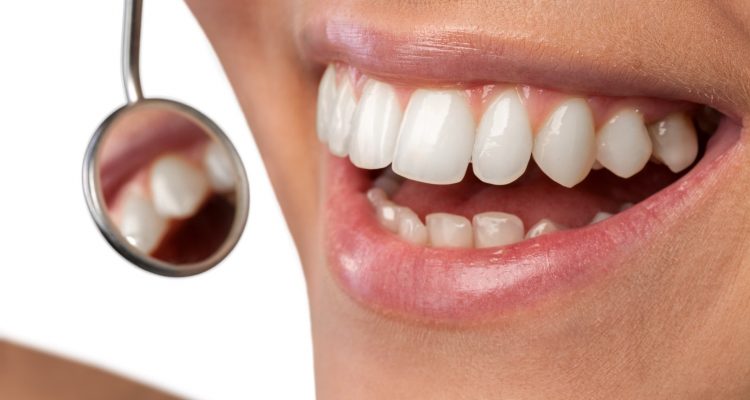Just how important are your teeth? Try having a problem with one of them or worse, going without them, and see just how important they are! The first step to taking great care of your teeth is having a good knowledge base about your teeth and how they work. So, consider this “Teeth 101”.
How Teeth Develop
pay for hw help People have two sets of teeth through their life – a set of baby teeth, and then a set of permanent teeth. Both sets grow similarly, and in parallel ways. This means that if the top molar grows in on the right side, the top molar should grow in on the left side at about the same time.
Teeth begin to develop long before you can see them. Parents begin to see a baby’s first tooth about the time a baby is six months old. However, that tooth started to develop during pregnancy. During this tooth development, the crown of the tooth is the first thing to build. The roots continue to develop even after the tooth has erupted, or become visible through the gums.
A child’s baby teeth come in by the time a child is about three years old. At approximately age six, they begin to fall out, so that the permanent teeth can grow in. The permanent teeth typically grow in between the ages of six and twelve, and most adults have 32 permanent teeth.
Parts of the Tooth
Basically, a tooth has two parts: the crown and the root. The crown is the white part, the part that you can see. The root, which you cannot see, is what holds the tooth into the bone.
Your teeth also contain four kinds of tissue:
-
Enamel: This hard substance covers the tooth crown and protects it. It is made up of phosphorus and calcium.
-
Dentin: Below the enamel is dentin, which looks like bone. It is not as hard as enamel, so it is prone to decay if the enamel is damaged.
-
Cementum: This is a tissue that covers the root of your teeth and helps hold it into the bone. It is fairly soft, so good gum care is important for keeping it healthy. Cementum is light yellow and is usually covered by the gums. However, in the event of gum disease, the cementum can become exposed to plaque and bacteria.
-
Pulp: This is found at the center of the tooth and is the part that holds the blood vessels and nerves. It delivers nutrition to your teeth.
Kinds of Teeth
If you look at your teeth closely, you will notice that teeth in different locations in your mouth are shaped differently. This is because specific teeth are designed to do particular job.
-
Incisors. These are the 8 teeth that are front and center – the four on top and the four on bottom. They are the first teeth that come in, and they are used to take bites from your food.
-
Canines. These are the next teeth, just to the outside of the incisors. They are used for tearing food apart. In permanent teeth, the lower canines come in at around age nine and the upper canines come in between ages eleven and twelve.
-
Premolars. These are sometimes called bicuspids, and are used for chewing food. There are four premolars on each side – two on the top and two on the bottom. The first premolars come in at about age ten.
-
Molars. The purpose of molars is to grind food. The primary ones start coming in at about a year of age. Permanent molars start coming in at around six and second molars come in between eleven and thirteen years of age.
-
Wisdom teeth. These are also known as third molars. Wisdom teeth do not come in until early adulthood – usually until around age 18. In fact, some people do not develop wisdom teeth at all. Most people who do have wisdom teeth must have them removed, as they cause crowding of the other teeth.
Caring for Your Teeth
Oral care is very important and can, in fact, impact your overall health. To maintain good oral health, brush and floss your teeth daily, eat a healthy diet, and see your dentist at least twice a year.




